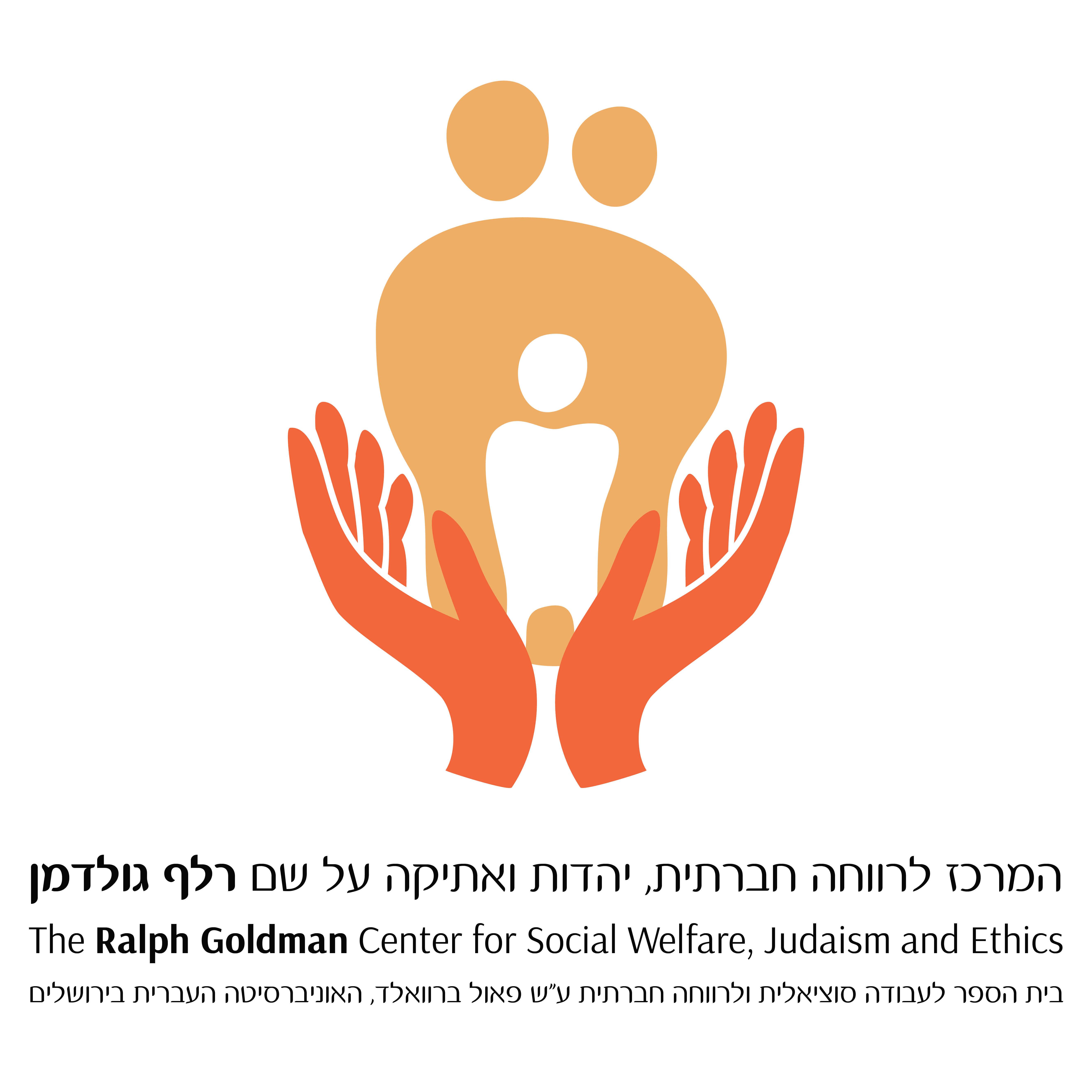Zalcberg Block, Sima. 2016. Religious coercion and violence against women: The case of Beit Shemesh. In F. Banda and L. FishbaynJoffe (eds.), Women's Rights and Religious Law. Domestic and International Perspectives (pp.152-175). New York, NY: Routledge.
Religious fanaticsbelieve they alone hold divine truth and that they are the ones who represent the will of God on earth. As a result, in extreme cases, religious zealotry culminates in violence against other people who do not accept their way of life.
Many times, this violence is directed specifically toward women.In recent years, Ramat Beit Shemesh has become one of the main hubs in Israel of religious zealotry, resulting in religious coercion and violence toward women in order to exclude them from the public sphere.
These activities are perpetrated by local groups of radical Hareidim (ultra–Orthodox), who see themselves as soldiers in the struggle for modesty, responsible for maintaining the purity of the community. Although these people are a small minority of the Haredi public, they are sowing terror in the whole town, and make the lives of in the city unbearable.
This article presents various areas in which religious coercion and violence have been perpetrated against women in Ramat Beit Shemesh, analyzes the meanings behind these activities, characterizes the perpetrators, and provides insights into the processes and factors that have made Ramat Beit Shemesh a hub of activity for religious coercion and violence against women.
_____
Zalcberg, Sima. 2011. Shouldering the burden of the redemption: How the “fashion” of wearing capes developed in ultra-Orthodox society. Nashim: A Journal of Jewish Women's Studies & Gender Issues. 22, 32-55.
Most of the research on modesty and covering one's body considers the stringent modesty norms as reflecting the patriarchal oppression of women.
One of the multiple manifestations of ''modesty'' that have become prevalent in ultra-Orthodox society in recent years is that of women wearing dark-colored capes when they are out in public.
This paper discusses how this ''fashion'' came about, and its religious, social and gender-related implications. The findings show that women play a central role in the institutionalization of stringent modesty rules--in this case, wearing capes--and that they attribute to themselves spiritual powers and abilities in this regard, believing that their behavior can bring about redemption not only for the individual but also for the Jewish people as a whole. Moreover, wearing a cape is a way for women to display their ''higher spiritual level,'' thus upgrading their social status. At the same time, voices in the ultra-Orthodox community have come out against this new ''fashion,'' because it seems to imply that women who do not wear capes are on a lower religious and spiritual level.
Either way, wearing capes, like other stringent modesty norms, reflects the collective identity of ultra-Orthodox women and their separation from the general society.
_____
Zalcberg, Sima. 2009. Channels of Knowledge and Information about Menstruation and Sexuality among Hasidic Adolescent Girls. Nashim: A Journal of Jewish Women's Studies & Gender Issues, 17, 60-88.
Women's attitudes toward aspects of adolescence and sexuality, and sources of women's knowledge about their bodies, are culturally influenced and different among various social groups.
This article discusses aspects of adolescence and sexuality among women and girls in one of the most extreme ultra-Orthodox Jewish groups. In particular, it investigates the ways they acquire knowledge about menstruation.
The findings show that mothers are the main source of information for the girls, but they also have other sources of information, mainly their peer group. The findings also show a variety of voices among the women regarding the information the girls acquire from their mothers, with some reporting the transmission only of technical information, while others reported positive messages about menstruation, associating it with the girl's future ability to bear children.
Despite these different voices, all the women who were interviewed considered menstruation a taboo subject, which must be kept private and not associated with sexuality.
The way this issue is treated both reflects and maintains this ultra-Orthodox group's stringent supervision over sexuality.
_____
Zalcberg, Sima. 2007. Grace is Deceitful and Beauty is Vain': How Hasidic Women Cope with the Requirement of Shaving One's Head and Wearing a Black Kerchief. Gender Issues 24(3), 13-34. (Also in Sociological Papers 2009, 4, 16-35.)
Women’s modesty norms are often perceived as governing women’s bodies and as patriarchal oppression.
This study challenges these perspectives, offering a deeper, multi-dimensional picture showing that the reality of the women’s life is much more complicated.
The article chose to discuss aspects of modesty among women of one of the most extreme Jewish ultra-Orthodox groups, and in particular, to investigate how they experience an extremely demanding requirement—shaving off the hair on their head upon marriage and covering their head with a black kerchief.
The findings show that there are a variety of voices among the women, ranging from the view that these practices are desirable, through the view that they empower the women, to the view that they damage one’s attractiveness and are quite painful.

